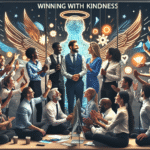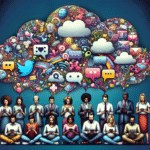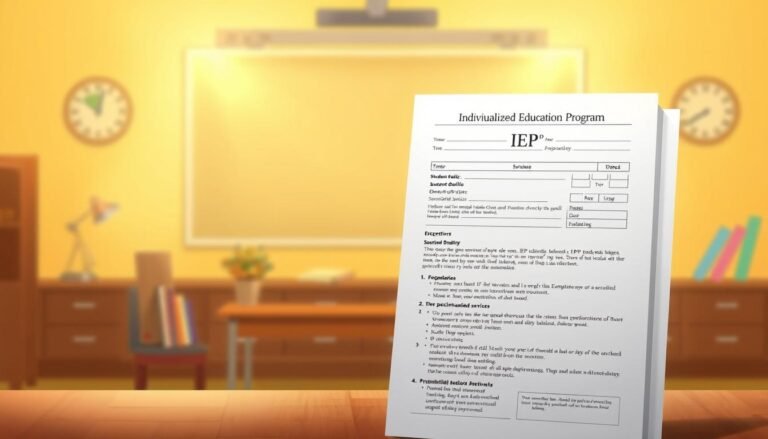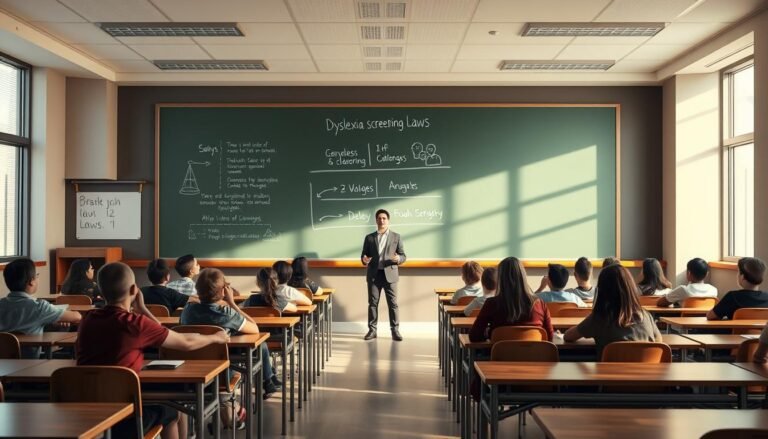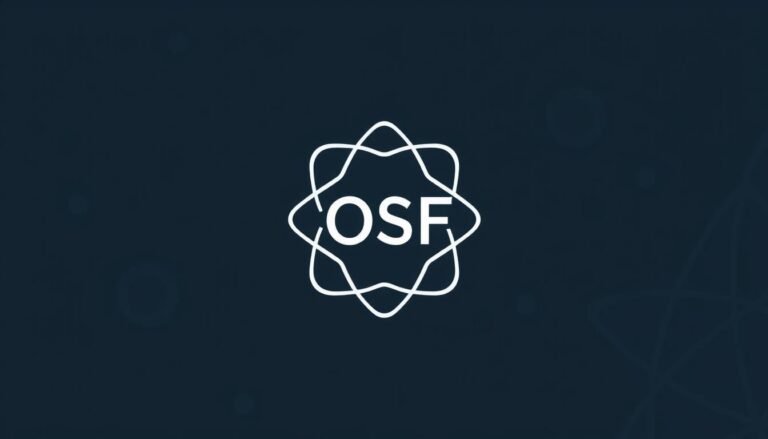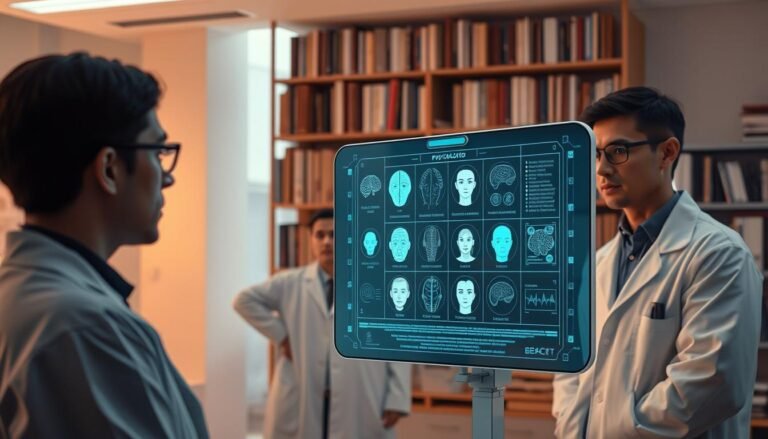
Transforming Learning Experiences: Innovative Resources for Special Education Classrooms
Introduction
In today’s educational landscape, the call for inclusivity and tailored learning experiences is louder than ever. Transforming Learning Experiences: Innovative Resources for Special Education Classrooms isn’t just a trend—it’s a necessity. With diverse learning needs at the forefront, educators are exploring new tools and methodologies to foster a supportive environment that caters to all students, particularly those in special education. This article delves deep into innovative strategies, resources, and case studies that exemplify how educators can effectively engage students with disabilities, transforming challenges into opportunities for growth and success.
Understanding the Landscape of Special Education
Before we dive into innovative resources, it’s essential to understand the unique challenges faced in special education classrooms. Each student comes with their own set of abilities, needs, and learning styles, making it crucial for educators to adopt a flexible approach.
The Importance of Differentiated Instruction
Differentiated instruction is at the heart of effective special education. This approach encourages educators to adapt their methods based on individual student needs. By incorporating various teaching styles—visual aids, hands-on activities, or auditory resources—teachers can reach students more effectively.
Case Study: A Differentiated Success
Consider Ms. Ramirez, a special education teacher who implemented differentiated instruction in her classroom. She analyzed each student’s strengths and challenges, adapting her lessons accordingly. By using visual schedules and interactive learning tools, she noted a 30% improvement in engagement levels among her students. This underscores the transformative potential of tailored instruction in special education.
Innovative Resources for Special Education
Now that we’ve set the groundwork, let’s explore some innovative resources that can dramatically enhance learning experiences.
1. Assistive Technology
Technology plays a pivotal role in transforming learning experiences, particularly for students with disabilities. Devices and applications designed for special education can make a significant difference.
Tools to Consider:
- Speech-to-Text Software: Assists students with writing difficulties by converting spoken words into text.
- Communication Apps: Tools like Proloquo2Go help non-verbal students communicate more effectively.
2. Adaptive Learning Platforms
Adaptive learning platforms, such as DreamBox Learning and IXL, adjust the curriculum based on real-time feedback from students’ interactions. These tools use algorithms to personalize lessons, ensuring that students progress at their own pace.
Case Study: Using Adaptive Learning
At Lincoln High, a class of diverse learners utilized IXL for math practice. The platform’s adaptive technology adjusted the difficulty level in real time, resulting in a 40% increase in overall math proficiency.
3. Sensory-Friendly Materials
Creating a sensory-friendly classroom environment can greatly assist students with sensory processing issues. Utilizing textured materials, noise-canceling headphones, or fidget tools can make a notable difference in students’ ability to focus and engage.
4. Virtual Reality (VR) Experiences
Innovative resources such as VR can transport students into immersive learning environments. By simulating real-world experiences, VR helps students develop social skills and understanding in a safe space.
Case Study: VR in Action
At Evergreen School, teachers integrated VR experiences into their curriculum. Students visited virtual museums and participated in interactive history lessons, which resulted in heightened interest and engagement in subjects previously met with resistance.
Creating Inclusive Content
In addition to specific resources, creating inclusive content is essential for transforming learning experiences in special education:
1. Universal Design for Learning (UDL)
The UDL framework emphasizes the importance of providing multiple means of representation, expression, and engagement. By implementing UDL principles, teachers can create materials that cater to diverse learning styles.
Examples:
- Use multimedia presentations for visual and auditory learners.
- Allow students to express understanding through various modalities—written reports, artistic projects, or oral presentations.
2. Collaborative Learning
Fostering a collaborative learning environment encourages peer interaction and support. Group activities that pair students with varied abilities can promote inclusivity, allowing students to learn from each other.
3. Parent and Community Engagement
Involving parents and community members can enrich the learning experiences within the classroom. Programs that offer workshops or seminars can help guardians understand how to support their children’s learning needs.
Tables and Charts: Visualization of Success
To illustrate the effectiveness of these innovative resources, let’s look at a chart comparing traditional methods to modern inclusive approaches:
| Teaching Method | Traditional | Innovative |
|---|---|---|
| Instruction Style | Lecture-based | Adaptive, hands-on learning |
| Technology Use | Minimal | Assistive, VR, apps |
| Student Engagement | Passive | Active and interactive |
| Assessment Method | Standard testing | Varied (project, verbal, tech) |
| Collaboration | Limited | Group projects and partnerships |
This table highlights clear benefits of innovative resources in transforming learning experiences, validating their integration into special education environments.
Conclusion
Transforming Learning Experiences: Innovative Resources for Special Education Classrooms is not just about applying technological advancements but fostering an inclusive, supportive learning environment that recognizes diverse needs. With adaptive resources, behavioral strategies, and community collaboration, we can empower every learner to achieve their fullest potential.
By embracing these methodologies and tools, educators can inspire students to overcome challenges, develop confidence, and thrive academically and socially. It’s time to advocate for innovations in special education and make every classroom a sanctuary of learning.
FAQs
1. What are some low-cost resources for special education classrooms?
Low-cost resources include classroom supplies like manipulatives, sensory items, and free online tools. Many educational websites offer free lesson plans and resources tailored for special education.
2. How can technology specifically help students with disabilities?
Technology can provide alternative means of communication, learning, and engagement. It offers tools that support diverse learning styles and promote independence among students with disabilities.
3. What role does collaboration play in special education?
Collaboration fosters social skills and encourages peer support. It allows students to learn from each other while promoting an inclusive classroom culture.
4. Are there particular strategies for engaging non-verbal students?
Using visual supports, such as picture schedules and communication devices, can help non-verbal students express themselves and engage in classroom activities.
5. What is UDL, and why is it important?
Universal Design for Learning (UDL) promotes accessible learning for all by offering multiple means of representation, expression, and engagement, making it essential for inclusive education.
6. How can parents get involved in supporting special education?
Parents can participate through workshops, volunteering in the classroom, or communicating regularly with teachers to understand their child’s needs and goals.
By adopting innovative strategies and resources, we can truly transform the learning landscape for students in special education and enable them to shine brightly in their unique ways.


